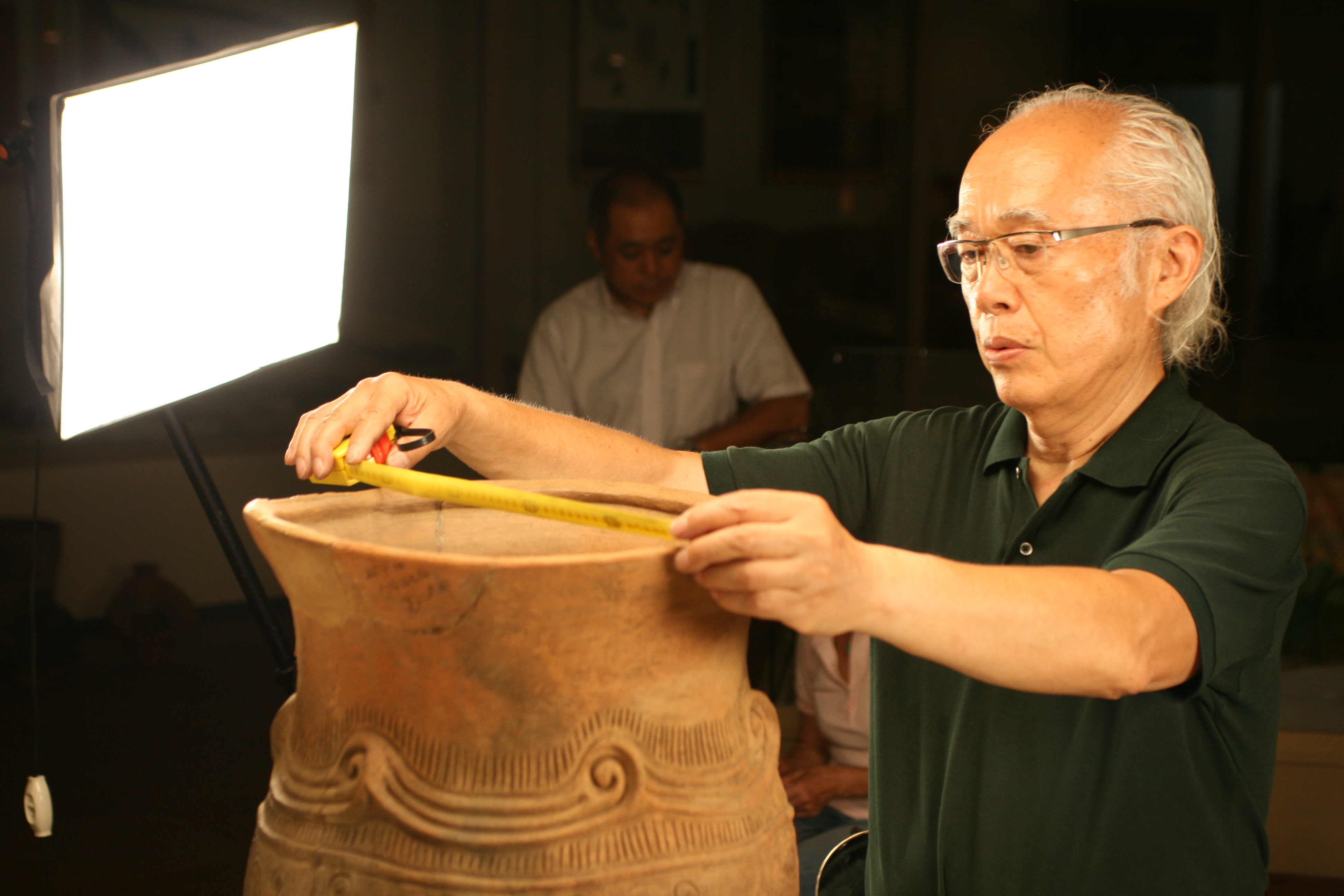The Jomon Period of Japanese history is so shrouded in the mists of time that any bid to fathom its secrets stretches even the usual astonishing bounds of prehistoric archeology.
Yet as amateurs and experts alike have continued unearthing and studying 2,000- to 10,000-year-old examples of Jomon pottery and stone tools for more than a century, the pieces of the puzzle are gradually coming together.
It is only six years ago, for instance, that the discovery of unusually large beans — or the holes where they had been encased in the clay of Jomon Period pots — provided concrete evidence that people living in these islands so very long ago had been able to domesticate certain plant species.



